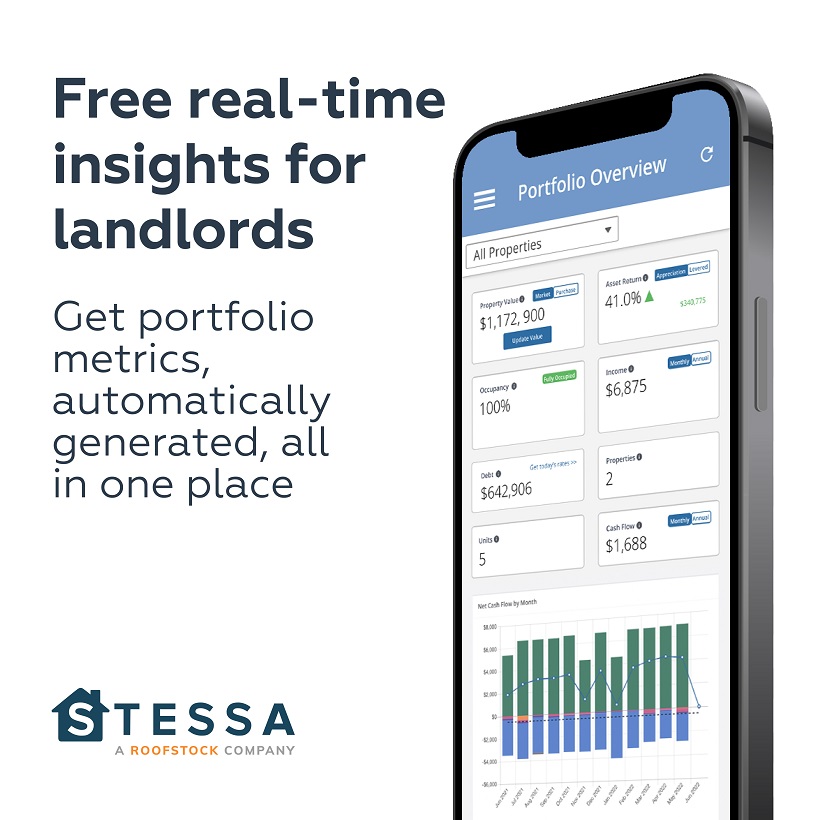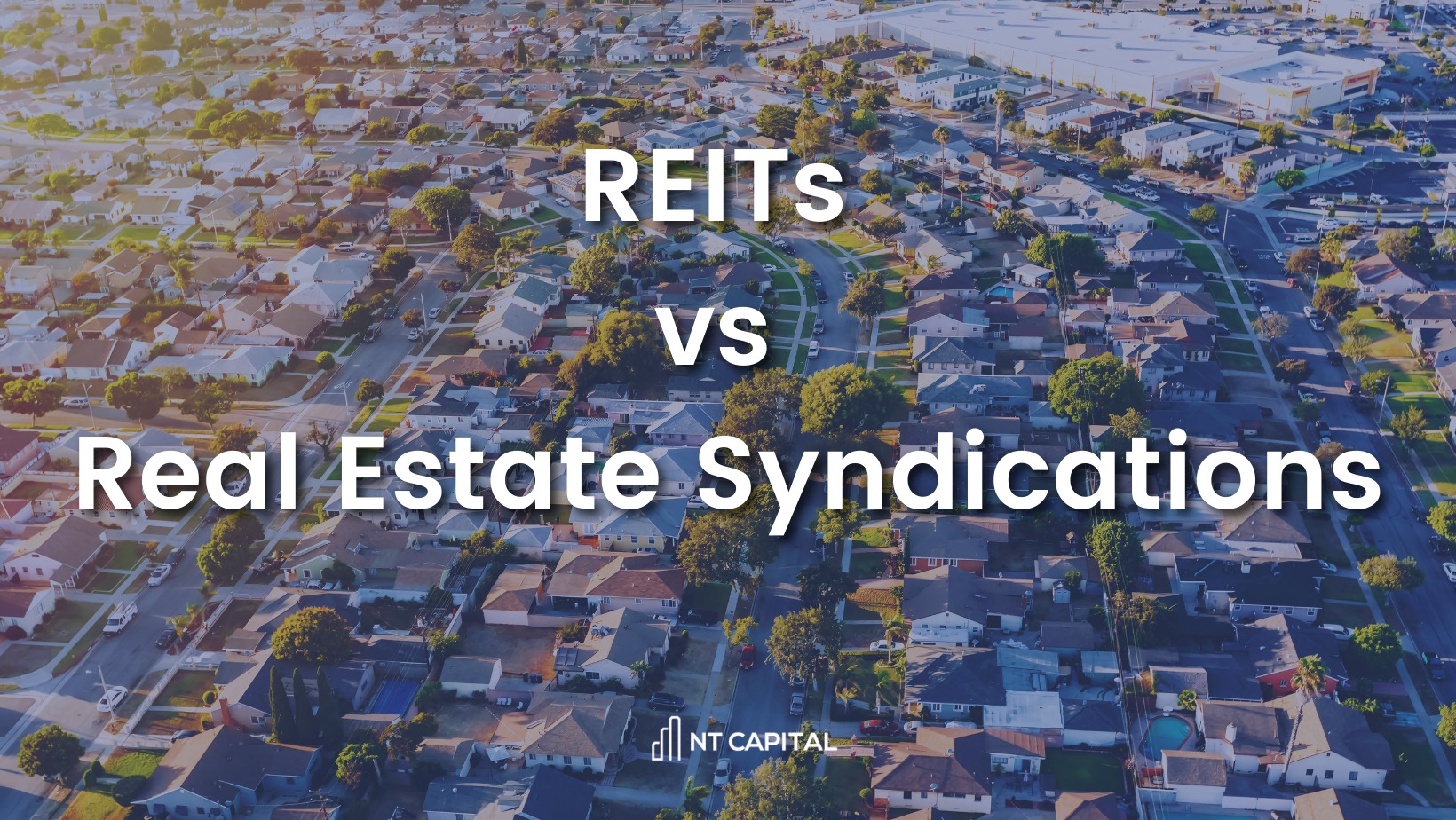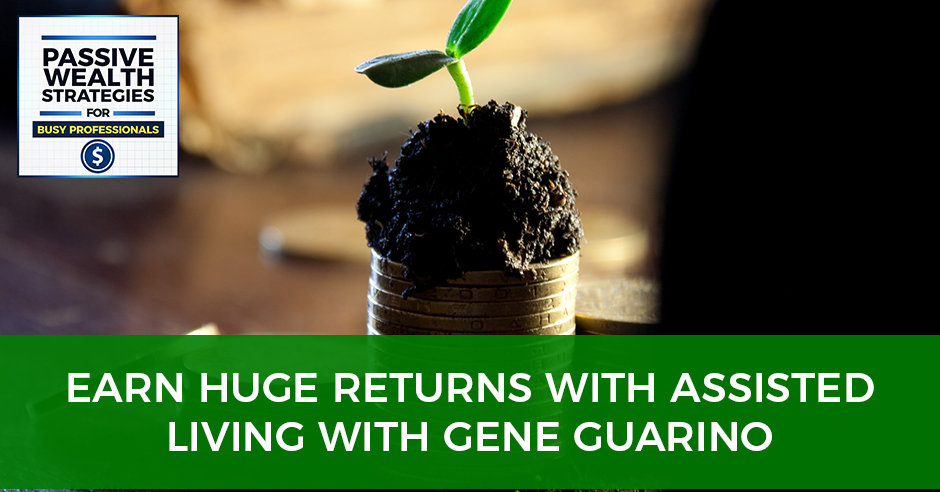
Earn Huge Returns With Assisted Living with Gene Guarino
Statistically, four thousand people turn 85 every single day, creating a market that must be cared for. While investing in property is a solid way to create a passive income, it is now a great time more than ever to turn your eyes to residential assisted living and achieve a higher cash flow and greater returns. As it gains a lot of traction being a growing opportunity that it is, learn what you can about it from the Founder and President of Residential Assisted Living Academy, Gene Guarino. Gene shows how to get started investing in residential assisted living and drastically increase the returns of your properties.
---
Earn Huge Returns With Assisted Living with Gene Guarino
Our guest is Gene Guarino. Gene is the Founder of the Residential Assisted Living Academy. The RALAcademy is the premier source for education in owning, operating and investing in residential assisted living and senior housing. Gene has trained thousands of people from all across the country on how to turn single-family homes into absolute cashflow machines. RALAcademy’s motto is, “Do good and do well.” Gene has written four books and hosted three radio shows. At least in 2017, he spoke in five countries and over 50 cities. Gene, I’m very excited to have you on the show. Welcome to the show.
Thank you. It’s so good to be here. I’ve done as much traveling. People want to hear about this all over the world.
I see this as a growing opportunity, residential assisted living investing. Most of our readers might have some familiarity. Here on the show, we talk mostly about multifamily and a little bit about mobile home parks and single-families. Can you give us the basic idea behind what is residential assisted living investing?
There are two parts to it: the real estate part and the business part. On the real estate side, you can be a passive investor. Just own the real estate and lease it to an operator. Typically, they want a long-term five-year lease. Single-family home investing is back in a way that we can make significant cashflow because you can rent it for up to twice the market rent with a long-term tenant. The reason why is because they’re going to operate a business that is going to generate them $5,000, $10,000, $15,000 or more net per month, even after paying high rent. It’s a great twofer, real estate on one side and business on the other. You can play in either one.
Residential assisted living is a high cashflow business, turning single-families into cashflow machines. Why is it so distinct from single-family or multifamily investing in just the level of cashflow that you can create with residential assisted living investing?
On the business side, the whole core of this is it’s a residential home. That’s the residential part. Then there’s the assisted living. The person who’s living in the home, we call them a resident. They’re not a tenant. It’s not a medical situation, but they need 24-hour care. In assisted living, the average person in America is paying $3,750 per person per month. In an average home doing residential assisted living, you might have ten or twelve people. With that much cashflow, even after all expenses, even paying an exorbitant rent if you had to, you net a lot of money in the end. People pay a lot of money to live in these homes because the service that they’re getting is something they absolutely need and cannot do without. That’s what makes it different. Usually, somebody takes a single-family home and rents it to a family for a year or two. It’s a fair rent. They move out. You turn the house over. Hopefully, there’s not too much downtime in between. In our case, if you own the home and lease it to the operator, it’s typically a five-year lease. They’re able to pay a higher rent because of the massive cashflow that they have.
If we’re getting into this from a real estate investing standpoint, we’re going to buy a property, fix it up and lease it to an operator. What are some of the steps there that we need to take to make that happen? On one hand, there’s finding the property, fixing it up and everything. On the other hand, we need to go find an operator or multiple operators so we can create some bidding war if possible. How can we get started doing this?
The key to this is the operator. I’m going to suggest to all of your audience that if you want to be passive and on the real estate and lease it too, the first thing you want to do is find that operator. I’ll give you a couple of strategies for doing that. Once you find that operator, it’s asking them, “Where do you want the house?” It’s not, “Here’s the house I have for you,” but, “You tell me where you want that house.” It may surprise you. It might be a very nice neighborhood in a much larger house than you might normally buy. What they want is the right location with a room that they could have a lot of different residents in that house paying them a high income. Finding that operator is the key to your success in this.
I’m going to give you two strategies for doing that. One is you can go directly to existing operators, somebody who currently has one of these homes. Approach them and say, “Are you interested in expanding? If I was interested in investing in the real estate and leasing it to you or potentially even partnering with you, would you be interested in that?” That’s one direct way. Go right to existing operators and see if they want to expand. The other one is, within our network, we train people from all over the country. We had a class where there are people in that room, some want to be operators and some want to be real estate investors. Matching up those people right in that room is a great way to find those potential operators.
How many of those classes do you do a year for folks who want to get involved and come?
The seniors drive the economy, and the next place they’re going is senior housing. Click To TweetWe have eight of those classes a year. People come from all over the country even internationally for the class. They’re all done in Arizona. That’s because I own and operate my homes in Arizona. A big part of the training is coming out to see those properties. That’s the thing. When we talk about this, we can talk about making money, what a real estate looks like and about zoning, rules and regulations. The reality is you get a sense for this once you walk into the home and it’s like, “I thought it was this, but now that I’ve seen it with my own eyes, touched it, felt it, smelled it, I get it. I understand it.” That’s why we do the class in Arizona.
This is a great asset class to be involved in, both from a cashflow opportunity standpoint and also from what you’re bringing to the market and the value that you can offer to residents. Some of the elderly folks that are in the assisted living for example, you can offer them a great place to live at a fair price that they’ll truly enjoy. I’ve heard you talk in the past about non-obvious ways that operators and owners can increase their cashflow by bringing different amenities like private chefs and entertainment to the tenants that might command a slightly higher rent. What are some other ideas that you’re bringing out to the market these days to increase the rents that folks will pay to live in your properties?
You touched on a few upscale or higher end things like a chef. If you have a chef on staff in a residential assisted living home, you’re head and shoulders above the competition. The average home in America doing this is a small home in a substandard area, a crowded space. It might be a 2,000 square foot home with ten people living in it. What we do is very different. We’ll go into a house with a rule of thumb of 300 square feet of living space per resident. The home might be 3,000 to 4,000 square feet or even bigger. When you have a nicer house in a nicer neighborhood, it’s about the demographics in that neighborhood when I say nicer.
I was on a golf course. Those homes are beautiful. The people who live there are higher incomes. They’re higher income and they can afford more than the average individual. We don’t focus on Medicare or Medicaid. We focus on what’s called private pay. The client is me at 57 years old. My mom and dad are 80 and 90 years old. We’re the ones paying for mom and dad’s care. Mom and dad aren’t moving in because they want to play pickleball and play golf. They’re moving in because they have to. There’s some assistance they need in their life. It’s usually an event that drives them to move into the home. The care that they receive is the most important feature. It’s great care, great caregivers and great environment. If we’re going to focus on that higher end client, the kid who’s 50 or 60 who’s going to be paying for this, you want it to be in their neighborhood so it’s easy for them to get there. The best way to get a higher rate is to be in the right area. The location is critically important to that success.
The other angle here at Passive Wealth Strategies for Busy Professionals is we’re bringing passive investing knowledge and advice to folks. The other side of that coin from the operators is, “Where’s the capital coming from? Where are the investors coming from? We, as passive investors, how can we get involved?” It’s relatively easy to find multifamily syndication opportunities or turnkey single-family rentals. There are quite a few opportunities out there. As far as finding a residential assisted living, either operator or property investor that we can invest capital with and make a return on, it’s a bit harder to find. How can we get started there from a capital-partnering standpoint?
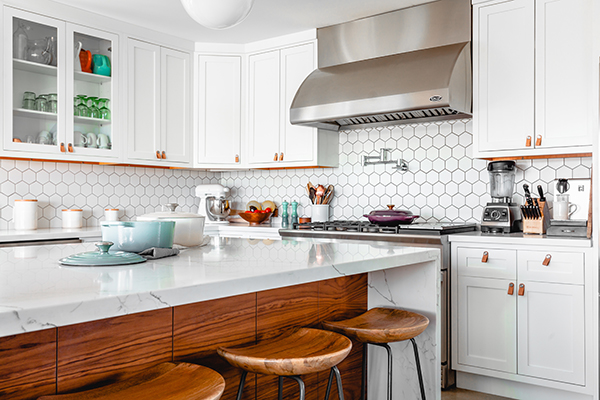
You and I met at a syndication event, learning about how to put money together for things. People are very hot on this topic. The concept of the raising of the capital or the flipside investing in this and finding the opportunity, there are a couple of ways. One is if you want to be completely hands-off and just write a check and not even think twice about it and be completely liquid, you can invest in a REIT or a mutual fund of some kind. That’s not what we’re looking for, but that would be completely hands-off. You can put the money in today and take it out tomorrow. You’re going to get an average return, 4%, 6% or 8%, whatever the fund is paying on that. It is higher than most other REITs out there that focus on senior housing. In order to get more than that, there’s going to be another level of involvement. One level would be to be a private lender on these homes. It’s a residential home, which means before it’s converted and the businesses open, you can go get a Fannie, a Freddie, just a bank loan, 20% down and so on. As soon as you start to add space, convert space and put in grab bars, it changes the nature of that residential home. The average bank is going to look at that and say, “You don’t quite fit in the box anymore.”
I always encourage people to go to private lenders anyway. Hard money is one level, but not that hard money, high rates, points and so on. What I’m looking for is an investor who’s saying, “I want to get my money to work harder for me, but I’m interested in a two-year investment, maybe up to five years.” That’s the sweet spot for people that want to get into this, the opportunities that are available. Maybe somebody has syndication, a PPM has already been created for a project and they’re looking for money to be in it for two, three, four or maybe up to five years when they refinance out at a lower rate, longer term. We have students that are putting together projects, raising capital for it. You’re starting to see some more of that and some of the crowdfunding sites. It’s the projects that are out there that say, “Residential assisted living.” You can invest in it that way, enhance off passive, which your money is going to be in that deal for a couple of years more than likely.
The goal there is for the operator or whoever’s putting the project together to refinance out. Whether you stay in or not is part of the deal. It’s that part of the agreement up front or, “Did you get interest on your money and when it’s paid back, you’re done? Do you get a continued, either equity position or profit share, from it?” All of those things are available. There are more of these deals coming to the table. Most of your readers are very used to doing storage units, mobile home parks and apartment buildings. The problem that I have with a lot of those things is there are so many savvy investors out there looking for the same deal. Prices are getting bid up and cap rates are getting crushed. Do something in a more lucrative way in a market that is coming. When we talk about seniors in this opportunity, I can give you all the facts and figures, but everybody knows the seniors drive the economy and the next place they’re going is senior housing. It’s a great time to get involved. The rates can be much higher. Being a private investor, whether it be the debt side or the equity side, is a great way to go.
As far as evaluating opportunities, if I’m looking at it from my multifamily investing lens, I know how to underwrite properties. If I didn’t know or before I knew, I could go and find someone who is an absolute expert at underwriting and pay them a few hundred dollars to evaluate a deal. It’s not super cheap but they would give me a professional opinion on whether or not something’s a good deal. Evaluating a residential assisted living, especially passive investment opportunity, where do we even get started with that? I don’t know whether or not somebody sends me a pro forma. How can I tell if it’s legitimate, conservative and all that or not?
The first thing is if it exists, meaning it’s a business that somebody is buying, it already has cashflow. It’s got residents. It’s licensed and everything that goes with. It’s relatively easy to look at the tax returns and say, “Do they make a profit? What is our multiple on that?” When you’re valuing it, it should be a real estate play on one side. It has a standalone value based on the CMA in that area, “Here’s what that house would sell for and could be resold for.” On the other side, you’re evaluating the income from the business. Think about an apartment. If you had a 100-unit apartment that’s fully occupied at $1,000 a unit, it’s very easy to calculate the value based on gross income, expected expenses and so on. When you’re talking about something that is existing, the building but there are no tenants yet, you have to play into that and say, “Can the market absorb another 100 units? What would they be willing to pay?” More importantly, “Who’s the property manager? Who’s the one who’s going to fill that unit?” When you flip it over to what we do, your operator is going to be the most important piece of the equation.
Follow your passion. Decide why you’re doing something. Click To TweetIf you’re buying the real estate and leasing it to them, it’s fine. It’s easy. You know what the property’s worth, you know what you put into it and you know what you need to get out on a monthly basis. If you have a long-term tenant, five years, whether they live or died, it’s doesn’t matter as long as they pay each month. If you’re buying into the business itself, the operator is the key. You want somebody who knows what they’re doing. If they’ve done it before, it’s great. If they’ve never done it before, at least are they trained? Do they have support? Have they been trained to know what they’re supposed to be doing? If you had an operator who’s got a track record, you can bank on that to some extent. If they did it before, they can do it again.
The market itself speaks for itself, meaning, “How many seniors need this? How many more are coming down the pipeline?” That’s a relatively easy number to get. We’re not at a point in the market where things are oversaturated and nobody else needs what we have. A lot of people need what we have. There are a lot of beds that are going to be needed in the future. Unlike an apartment where there’s old inventory and new inventory, it’s different where there are properties that exist and new properties that are being built but the seniors are continuing to come. The question is, “What is the demographic and the income graphic? What can they afford to pay?”
If I’m in an average area where it’s $3,700 a month, I’m not as interested as opposed to an area where they’re paying $5,000, $6,000, $7,000 or $8,000 a month. Ten residents are ten residents. The question is, how much can they pay? The expenses are pretty similar from house to house. Labor costs are what they are. The real estate itself is going to vary. If you’re in California, it’s one thing. If you’re in Mississippi, it’s another. In California, they can pay a higher rate so we can cover that extra real estate cost. In Mississippi, presumably, they can’t pay as high of a rate. Even if the house is for free, it still may make more sense in the expensive state or expensive neighborhood.
You threw out a few numbers there. This is what gets interesting to me. The $3,700 a month is low. You start getting interested at $5,000, $6,000 a month. Once we start talking and we’re adding on memory care and additional services, the numbers keep going up and up. I wonder if you could talk a little bit about the segmentation of the market and where numbers are now so we can get a full picture in our minds of what this whole thing looks like from a number of perspectives.
I’ll rattle off some stats so that people can get a feel for this. There are 77 million Baby Boomers and an average of 10,000 people a day turning 65. More importantly, 4,000 a day on average are turning 85. That will be called the super seniors. That 85-year-old is the fastest growing demographic in the world, not just in the US. 4,000 a day is 1.4 million people every year turning 85. Throughout the entire country, there are about 1.4 million beds in the assisted living. It’s a huge crisis that’s coming or, flip the coin, opportunity. When I say the average is $3,750 per month for one individual in a home like this, it’s an average room. That includes Medicare and Medicaid. When I’m in front of a group of people and I ask, “Do you know somebody who’s in a home like this? What do they pay?” it blows me away. They’re like, “We pay $7,000 a month, we pay $12,000 a month.” The numbers are outrageous. If somebody has never even thought about this before, they’re like, “How in the world is somebody paying for this?” That’s a different question. The reality is you’re going to take care of mom. You’re going to take care of dad. You’re going to pay whatever it takes to make sure that they’re in a good place, safe and well taken care of.

I don’t focus on Medicare or Medicaid. Some people do. I don’t encourage you to. There are some states where the middle is $6,000. That includes Medicare and Medicaid on the low end. In a little bit nicer home, the average is $8,000 a month. When you throw on things like memory care, dementia and so on, you typically charge more for that level of care. It might be $1,000 a month more per person. Maybe you need more caregivers. Instead of two caregivers for ten people, you might have three caregivers for ten people. The expenses are a little bit higher, but your income is dramatically higher too and more than covers it. There are so many people that need not just assisted living. The memory care is even a bigger issue. More people will be faced with issues with that than even the assisted living.
I’m hopefully many years from the time when I’ll get to be taking care of my parents in this way. It scares the crap out of me where these numbers are. That’s why I’m glad I’m thinking about it so far ahead of time. For the folks that are not thinking about it for their parents, whether their parents are in their 60s or 70s or maybe they’re not quite getting there, it’s that memory care and having them in the residential assisted living, in general. It’s quite shocking as investors. We’re adding to this supply of units that are available so we can benefit from those high numbers. Both as investors, we should be thinking for our families and ourselves. We need to be ready to be on the demand side of this equation and be utilizing residential assisted living facilities. It’s also good to think about it from being on the supply side and making these units available for residents who desperately need them. It’s a very interesting market. We’re all going to be involved with it some day in some way.
That’s exactly what I tell people. You’re going to get involved one way or the other, either the real estate or the business. Your loved one may be living in a home of some kind, writing a check to somebody else. When you don’t need it, when you’re younger, you have a choice. You can decide how you get in. The reality is when mom needs help, she needs help now and not, “Let me plan for this two years from now.” Selfishly, everybody should at least consider doing one of these homes. If nothing else, you can move into the master bedroom and live for free. I find this all the time where people move in and they’re liquidating the assets. They have a house they bought for $20,000. It’s worth $300,000. That gets liquidated. Their pension plan is used. Their Social Security is used. When all the money runs out, the kids who are 50, 60 and planning for their retirement are liquidating their retirement accounts or even their kids’ college education funds. All of it could have been avoided by having one of these homes.
You could do it for $500,000 and finance with zero down but $50,000 or $100,000. You may be doing great in real estate. Maybe take one of the homes you own free and clear and liquidate it. Use that as a down payment to get one of these homes started. Make your $10,000 a month in net profit. Give it away if you don’t need it. If nothing else, you’re not going to leave a burden to the kids. You can move right into that master bedroom, live for free and your kids are happy and left with something instead of liquidating all of the portfolios over the last three to five years of their life.
It’s very much along the lines of what Kiyosaki said in Rich Dad Poor Dad. We wanted to get that cashflow going. We want to get involved. We want to make sure we’re building pipelines and not carrying buckets anymore. We should be building a pipeline in residential assisted living. Gene, what is the best investment you’ve ever made?
We can all make more money but we can’t make more time and more joy. Click To TweetFamily vacations have been the best investment I’ve ever made. Your relationships with your kids and family are much more important than anything you ever owned.
What is the worst investment you ever made?
The worst investment I ever made would have to be along the lines of spending money, time or energy on things that other people think is important. That could be anything. It could be going to college because somebody else said that’s what you need to do. I’m not talking about money. We can all make more money. You can’t make more time. You can’t make more joy. It’s investing in the wrong areas because somebody else thinks that’s a good thing to do.
What is the most important lesson you’ve learned in investing?
Follow your passion. Decide why you’re doing something. We talk about that a lot as investors. Why do you do what you do and following your passion is the best investment you can make. Too many people go after something and they have “success” because they reached it. They get to that finish line and say, “I don’t want to be here.” I’ve done that a number of times in my life. The older I get, the more important it becomes. Design what you want. Go for that. Whether it’s living in a van, climbing a mountain or getting 1,000 units under your belt, live with passion and do what you want to do.
If folks want to learn more and they want to get started, what should they do? What’s the next step?
I put together a simple and easy introductory education that they can get online and it’s free. Go to RAL101.com. It’s about an hour and fifteen minutes. It’s a great education on what this is, residential assisted living. Whether you want to be passive or active, whether you want to be on the real estate or the business side, you’ll learn a ton.
If folks want to get in touch with you, what’s the best place to reach out?
Call me, that’s (480) 704-3065. You can always send me an email at [email protected].
Gene, thank you for your time. I appreciate all of the awesome lessons. To all the readers, thank you for reading. If you’re enjoying the show, please share it with a friend. If you know anyone that should be thinking about or is interested in increasing their wealth, bring them into the fold. We hope to raise their wealth and bring them up as well. If you’re enjoying the show, please leave us a rating on iTunes. It’s a huge help. We’ll talk to you on the next one.
Important Links:
- Residential Assisted Living Academy
- Rich Dad Poor Dad
- RAL101.com
- [email protected]
- iTunes - Passive Wealth Strategies for Busy Professionals
About Gene Guarino
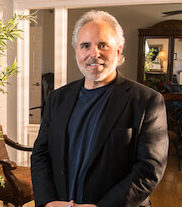
Today Gene is the Founder and CEO of Residential Assisted Living Academy™ and is your teacher and mentor, showing you step-by-step how to start, operate, and scale a successful RAL business.
Gene has trained thousands of investors/entrepreneurs throughout the United States how to invest in and operate residential assisted living homes. For over 25 years he has been educating people on the strategies of successful investing, business and self-employment.



